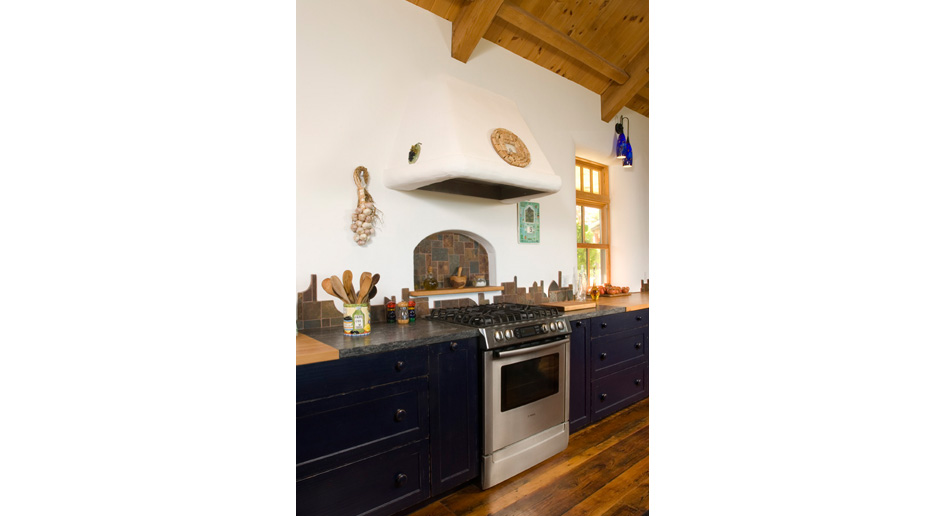

The last and final step is to clean any dust off of the surface. I went over the entire hood in circular motions giving the plaster a polished finish in areas. I did this with a clean trowel held at a 30-degree angle. Step 4: Burnish the PlasterĪfter the second coat had completely dried, I burnished the surface. So as I applied the second coat of Cement Gray, I added in some Pure White by putting a little on my trowel and working it in different areas to lighten up the color. This leaves subtle voids in the plaster and gives it texture.Ĭoncrete naturally has some shade variation. I added the second coat just like the first, but to add texture I used a skipping motion on the second pass. The purpose of the second coat is to add texture and shade variation. The next day, I applied the second coat of Venetian plaster. So don’t panic thinking that you order the wrong color or they tinted it incorrectly. The wet plaster will be much darker than the actual color. Then I did the same for the other two sides. I repeated this until I had an even coat on the side I was working on. Then I increased the angle to about 30 degrees to spread the plaster with varying lengths of strokes. I applied a thin coat of plaster by holding the trowel at about a 15-degree angle. I loaded my hawk with a generous amount of the Cement Gray plaster and started in the upper right corner. I decided to work on one side of the fireplace at a time. I used a smooth roller to apply an even coat over the entire area and let it dry overnight. Before applying the primer, I taped off all of the edges to create a clean line between the fireplace and walls.

Since this application was done over exiting drywall, I used Anchor Primer to help the plaster stick to the surface. As I mentioned earlier, what we love about plaster hoods is how clean and minimal they look. Here is a 3D model of the framing so far and what it should look like when it’s covered. Our hood insert is 21 x 46, so it has to be designed and constructed around those dimensions. FirmoLux Marmorino Piatto tinted with Sherwin Williams Pure White Henry has already started the initial design of the hood.FirmoLux Marmorino Piatto tinted with Benjamin Moore Cement Gray.Here’s everything I used for this project: We were so happy with the results of our plaster hood, that it was a no-brainer to use it again for this fireplace. You can order it online from and even get it tinted to match popular paint colors from Sherwin Williams, Benjamin Moore, and Farrow & Ball. It’s an authentic plaster made from lime, marble, and other minerals and natural elements. Last year when I was planning out plaster range hood, I discovered FirmoLux. Use the Best Plasterīefore starting a plaster project, it’s important that you use the best product possible to ensure you get the best results. In this tutorial, I’m going to show you how I created a concrete look on one of the fireplaces in my sister-in-law’s house using Venetian plaster. But there is a way to achieve a really nice concrete look using Venetian plaster. However, adding a solid concrete wall or fireplace after the fact is usually not an option. I love the look of concrete and it’s a great way to add an industrial or modern vibe to a room.


 0 kommentar(er)
0 kommentar(er)
